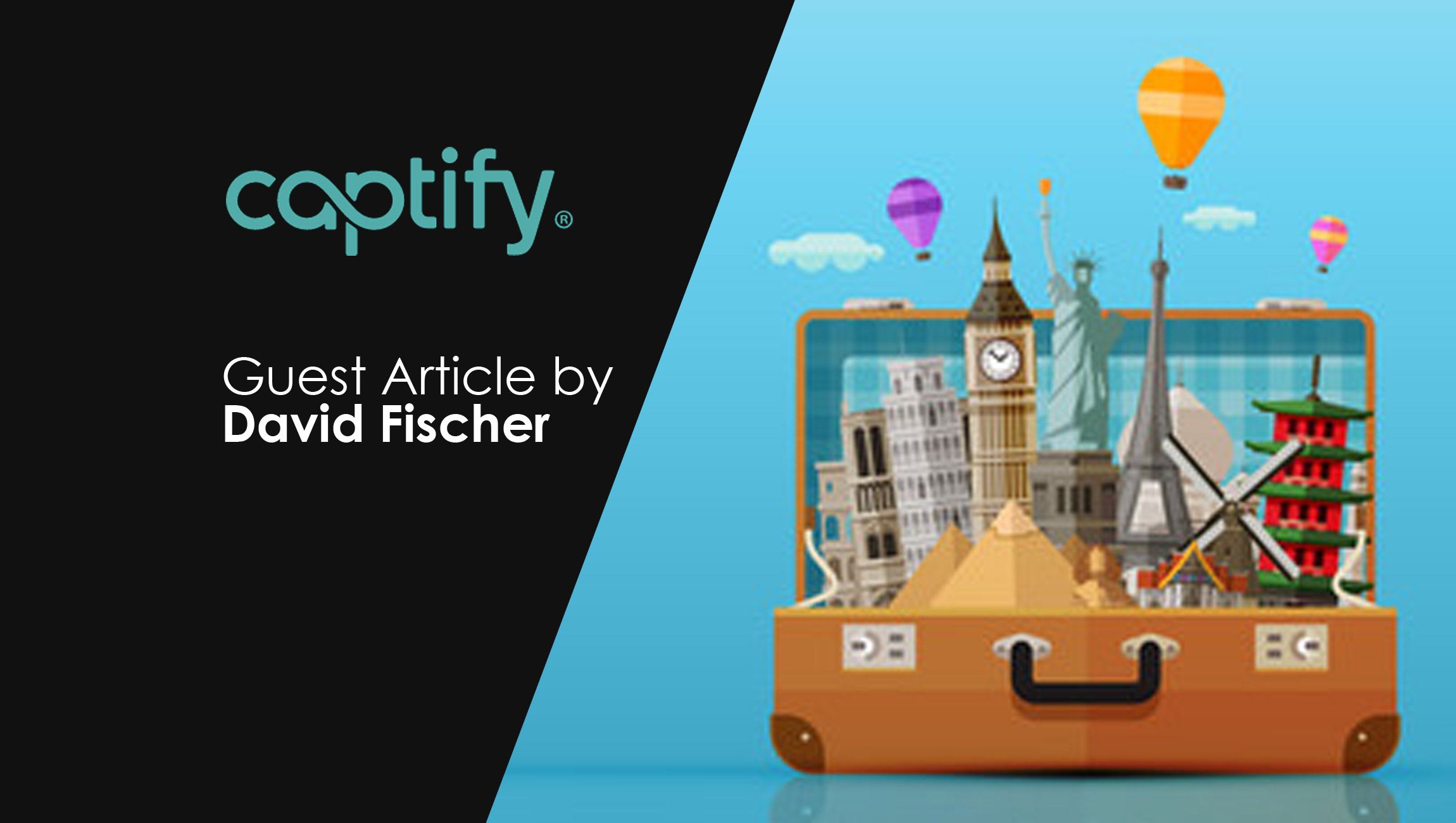This holiday season, with the pandemic increasingly in the rearview mirror for many, marketers have a whole new set of nuanced challenges to navigate.
Around the world, people are bracing for a recession, managing rising inflation and dealing with fear around geopolitical issues. Tightened purse strings and lower consumer confidence means brands will have to work harder and smarter this year to capture their share of holiday spend. Although sales are forecast to grow, numbers can be deceiving as the increase is slight and likely driven by inflation. Competition will be fierce.
To stand out, brands need to consult an updated holiday playbook and remain flexible to align with ever-changing consumer needs. Here are three consumer buyer trends revealed by real-time consumer search data, and actions marketers can take today to yield a more successful holiday season.
Start the conversation with consumers now
This season, the holiday shopping period is slated to be longer than ever, with consumer search intent for gifting starting 43 days earlier YoY and a 43% increase in searches for holiday gifting in September.
Big retailers are already picking up on these cues, with the likes of Target and Walmart starting their big fall shopping events earlier. Even Amazon announced an unprecedented second Prime Day, seven weeks ahead of Cyber Monday.
If advertisers haven’t already entered the conversation, the time is now. Some consumers are just starting, while others will purchase early if they can find the right gift at the right price. It’s important to have a combination of strategies in place through November to capitalize on this.
Typically during this time, marketers would invest in upper-funnel tactics to generate brand awareness, ensuring their part in the consideration phase later in the season. While still critical, this early shopper audience is in-market right now and brands should couple their awareness plans with lower-funnel tactics, guaranteeing they reach these ‘early gifter’ consumers at the earlier point of conversion.
Marketing Technology News: MarTech Interview with Dan Silver, CMO at ZineOne
Attract new and existing customers with the right financial messaging
Sales will always be an important consideration factor for consumers —with price related searches for holiday shopping up 60% in 2022. Considering the rising cost of living, this is no surprise. But price is not the only component for audiences searching for the right way to make an investment. The path to purchase has become much more sophisticated.
Brand loyalty is up significantly, with a 407% search increase YoY—but not for the reasons you may think. While consumers have favorite brands, maintaining loyalty for holiday shopping is largely driven by incentives like clubcards, rewards, loyalty points, etc. Additionally, between August and September, there was a 240% increase in searches around financing options for holiday gifting. Consumers are seeking more flexible ways to purchase big-ticket items, regardless of price.
It’s critical to weave these buying methods into advertising messaging so consumers are aware they are available, as this could make or break their purchasing decisions. Given this has become a popular avenue for consumers to attain better promotions, brand loyalty strategies are not only important for retaining existing customers but also for converting new ones.
This savvy consumer is also becoming more conscientious about where their money is going. A 109% surge in 2022 for searches around reviews and ratings of products indicates consumers are making fewer impulse buys and spending more time researching.
Brands need to stay close to audiences throughout the process, ensuring they are top of mind at the moment of conversion. Add conversational units into your media plans for consumers to ask brands questions directly as they research. Featuring third-party validation of products in creative will win this audience over.
Don’t neglect the importance of in-person shopping
Driven by doorbusters and pent-up interest for offline experiences, in-store shopping will come back with a bang this year. During the past 2.5 years we’ve seen e-commerce spike sharply, but after years of on and off ‘lockdowns’ people are ready to hit the stores again.
Delivery and e-commerce searches are down 27% in 2022. Simultaneously, brick & mortar searches are up 92%, suggesting that the people that adopted e-commerce during the pandemic are shifting back to in-person.
While we are certainly seeing this split balance out, e-commerce will still be massive. Advertisers must consider how to connect with these audiences based on their unique preferences. Dynamic creative optimization will be key here, allowing for nuanced messaging to audiences whether they are clicking ‘add to cart’ or walking the aisles.
This will create opportunities for brands to uniquely engage, featuring ‘free shipping’ or ‘curbside pickup’ for audiences that prefer shopping from the comfort of their homes, ‘doorbuster deals’ or an ‘in-store experience’ to drive foot traffic and attract consumers into stores.
With the biggest shopping moments just around the corner, all against the backdrop of widespread uncertainty, consumers are setting their budgets, staying within the lines and becoming increasingly considerate about what they buy. When building plans, marketers need to think about consumer motivations around prices, reviews and sustainability. And remember to go big or go home!
Marketing Technology News: Why Your Ecommerce Loyalty Program Needs a Data-Driven Overhaul











